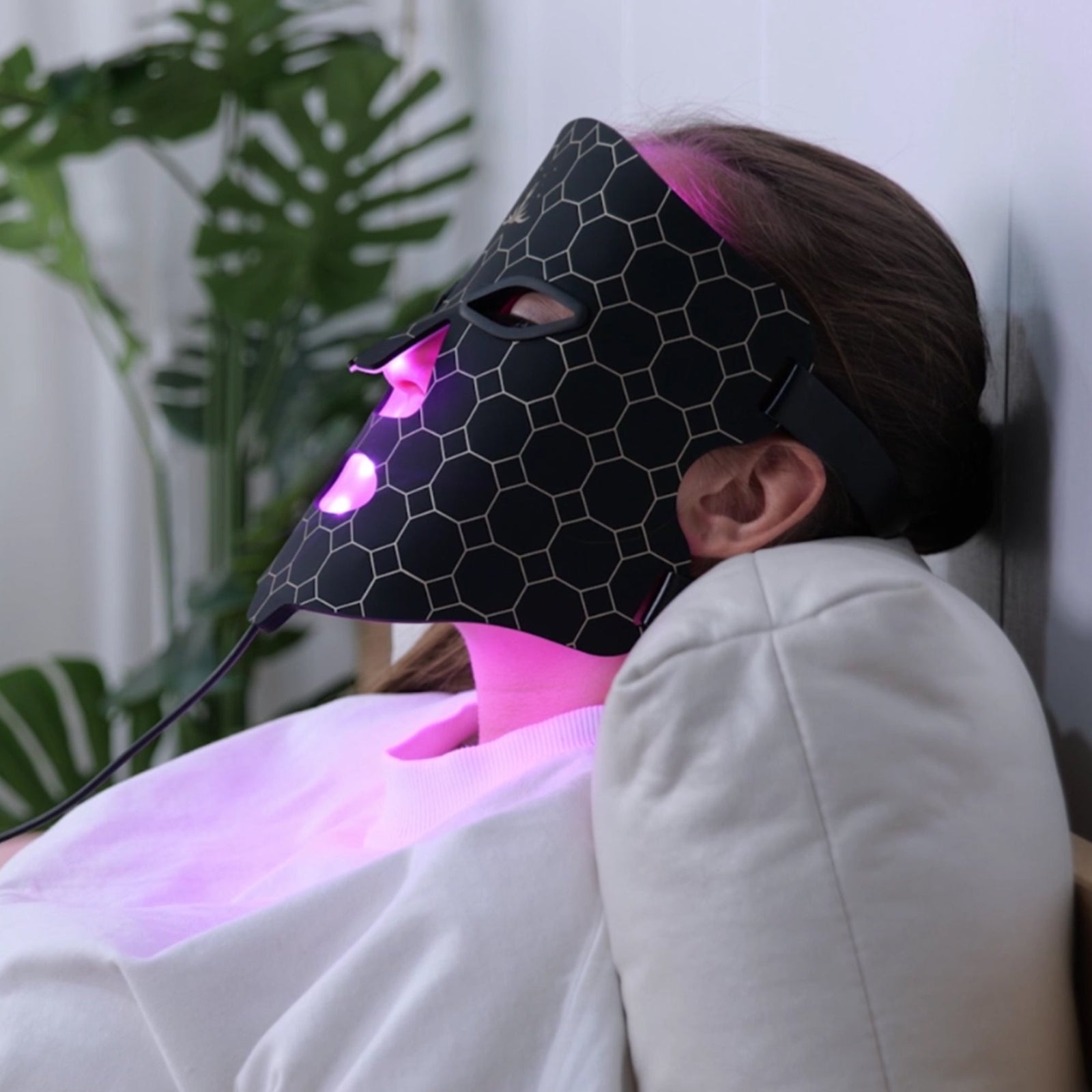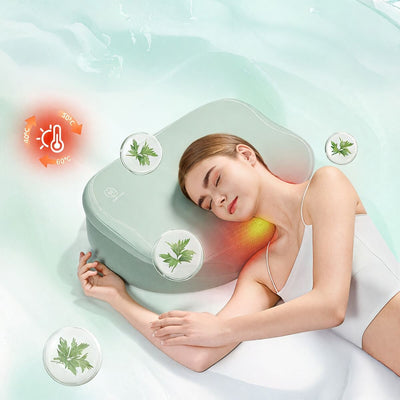The science behind red light therapy: Why You Skin Will Glow

If you’ve ever seen someone basking under a glowing red panel and wondered, “Is that just a fancy Instagram moment or something legit?”—you’re not alone. Red light therapy (RLT) has gone from niche spa treatment to mainstream wellness must-have, but what’s actually happening beneath the surface?
Let’s break down the science in a way that feels less like a biology lecture.

What Is Red Light Therapy, Really?
Red light therapy uses low-level wavelengths of red and near-infrared light (typically between 630–850 nanometers) to stimulate your cells. Unlike UV rays, which can damage skin, red light is gentle and non-invasive. It doesn’t burn, sting, or zap—it simply penetrates your skin and gets to work at a cellular level.
Cellular Energy: The Mitochondria Magic
Here’s where things get cool. Your cells have tiny power plants called mitochondria. When exposed to red light, these mitochondria absorb the photons and start producing more ATP (adenosine triphosphate)—aka cellular energy.
Think of ATP as your cells’ fuel. More ATP means better cell performance: faster healing, reduced inflammation, and improved skin regeneration. It’s like giving your skin a double shot of espresso, minus the jitters.
Collagen Boost & Skin Rejuvenation
One of the most buzzed-about benefits? Collagen production. Red light therapy activates fibroblasts—cells responsible for collagen creation. More collagen means firmer, smoother skin and fewer fine lines. It’s not magic, it’s biology.
Studies have shown that consistent RLT can improve skin tone, texture, and elasticity. So yes, that glow-up might be backed by science—not just good lighting.
Inflammation & Recovery
Red light therapy also helps calm inflammation, which is a root cause of many chronic issues—from joint pain to acne. Athletes use it for muscle recovery, while skincare enthusiasts swear by its calming effects on redness and irritation.
It’s like a wellness Swiss Army knife: one tool, many uses.
From Clinics to Living Rooms
Thanks to tech innovation, red light therapy is no longer reserved for dermatologists and elite spas. You can now find sleek panels, masks, and handheld devices designed for home use. Just be sure to choose a device with clinically supported wavelengths and safety certifications.
Final Thoughts: Science Meets Self-Care
Red light therapy isn’t just a trend—it’s a fascinating intersection of science and self-care. Whether you’re chasing smoother skin, faster recovery, or just a moment of calm, the glow might be worth exploring.
And hey, if it makes your bathroom look like a futuristic wellness lab? That’s just a bonus.
Want help crafting a product description, social caption, or campaign angle around this? I’ve got plenty of ideas ready to glow.











